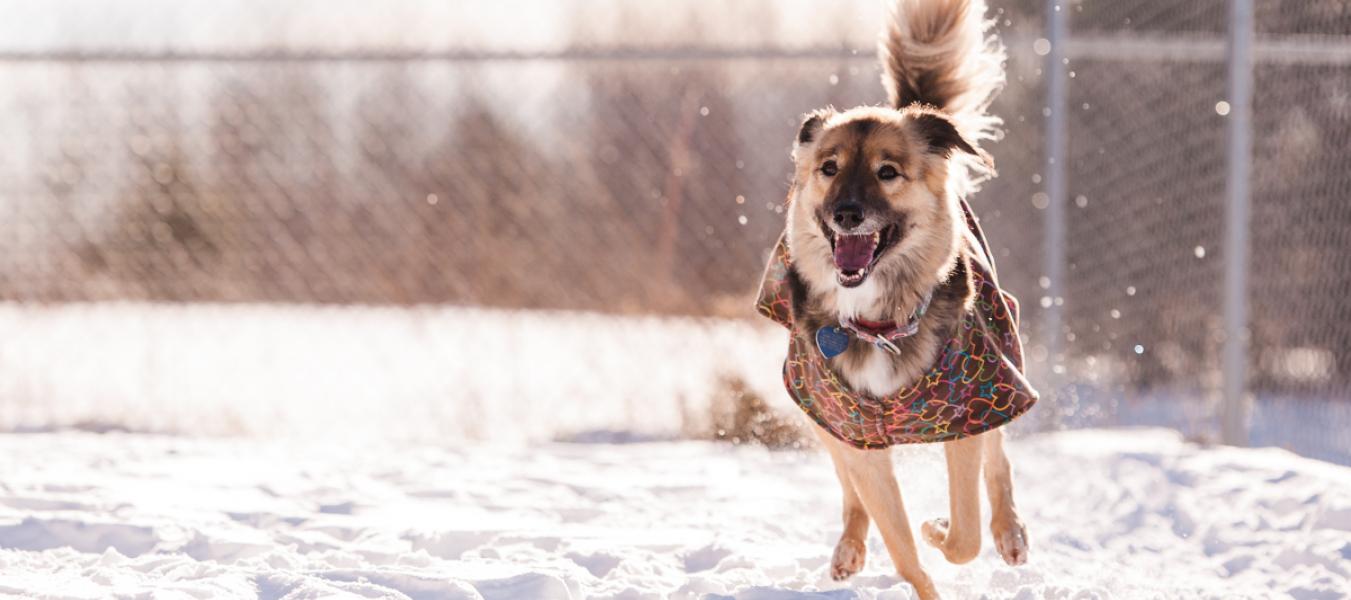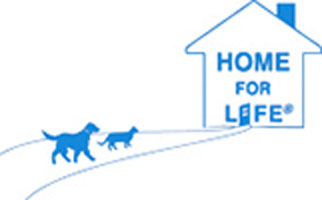
Autumn had a conscientious caretaker on a hobby farm in Hudson, Wisconsin who fed her and about 30 other cats. She had undertaken a TNR project for the cat colony with the help of a local rescue, but she didn’t think Autumn, who was born on the farm and was about age 1, could survive another winter or survive period. Autumn's original name was Wisteria. We like the name for her because with her unusual gait and the way she held her head, tilted to the side, it seemed to describe this cat, who reminded her caretaker of the beautiful climbing, flowering plant. But Wisteria was hard to say, so we named her Autumn because we took her in at Home for Life the fall and she has the beautiful coloration of a fall landscape like all our tortoiseshell cats.
Autumn aka Wisteria was born with hyperplasia cerebellum (a condition like cerebral palsy) and had trouble keeping her balance. She struggled to get to the food put out for the colony and to hold her place at the dishes among the other cats. She was a sitting duck for predators like the coyotes and rough farm dogs that roamed the property. The farm owner asked us to help Autumn before fall and chilly weather set in. Now at Home for Life, Autumn W. as she is known, spent the majority of her first weeks at the sanctuary in the attached cat run where this photo was taken. We brought plates of canned food out for her and water and dry food was out at all times. Thankfully the weather remained warm until early December.
The other cats accepted her, and she made friends with other feral cats of the North cattery including Shady, Winter and Stella. As the weather grew colder, she would be seen indoors, waiting to eat off the plates of canned food until HFL personnel had left the cattery. In the evening, she can be seen at any time perched on a tree on a cat hammock. When we feed the cats, she doesn’t run away anymore. She sees our staff moving among the other cats, and that we bring food and that the other cats are not afraid of me. So although she doesn’t approach, she will eat off a plate and not run away as our staff moves around the cattery passing out bowls and plates. Progress! Plus, her balance seems to have improved. She can climb the trees, has learned from the other cats to use the cat doors, and although she still holds her head tilted to the side, she gets around fine in our protected habitat.
Home for Life cares for many feral cats, some who have become comfortable around people, many who will never be able to bridge the gap due to prior traumas or inability to overcome lack of socialization. Yet we give all our cats, whether feral or tame,the same loving care. Since Home for Life first wrote about trap/neuter/release in our 2004 Newsletter
(http://homeforlifesanctuary.blogspot.com/search/label/feral%20cats), we have always supported this approach to helping feral cats, but have advocated that vulnerable cats- the old, infected, and disabled, like Autumn, be given safe havens, rather than leaving them vulnerable and often to die painful, cruel deaths thru exposure or starvation. The story of Autumn and those of our many feral cats demonstrate the vital role that sanctuaries can play so that as many feral cats can be helped as possible.
If you would like to sponsor Autumn, please click here.
